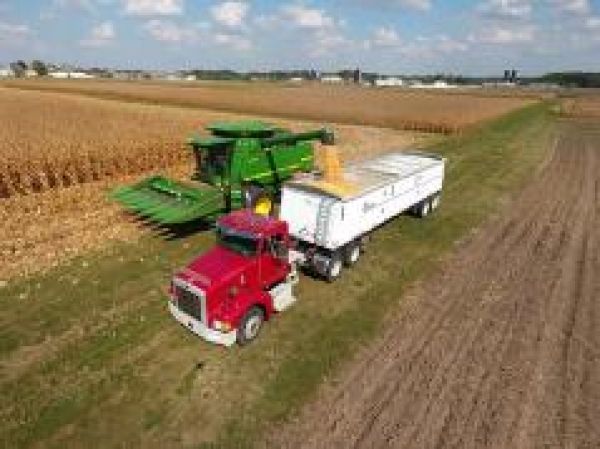Crop yield predictions are a key driver of regional economy and financial markets, impacting nearly the entire agricultural supply chain. That’s why economists, agricultural researchers, government agencies, and private companies are working to improve the accuracy of these predictions.
The U.S. Department of Agriculture’s monthly World Agricultural Supply and Demand Estimates (WASDE) report forecasts end-of-season yield based on real-time farmer surveys and analysis from the USDA National Agricultural Statistics Service (NASS), and it’s considered by many to be the gold standard for yield predictions. But researchers at the University of Illinois have developed a new method that outperforms the USDA’s WASDE estimations, in a scientifically rigorous and reproducible way.
“Using seasonal forecasts and satellite data, we developed a very advanced yield prediction system for both the national and county levels. Our research demonstrates that we can do better than the USDA’s real-time estimation,” says Kaiyu Guan, principal investigator on the Geophysical Research Letters study, and assistant professor in the Department of Natural Resources and Environmental Sciences (NRES) at U of I and Blue Waters professor at the National Center for Supercomputing Applications (NCSA).
Guan and his colleagues are not the first to use satellite data to try to predict crop yield, but their combined use of seasonal climate prediction, along with crop growth information from satellite imagery, is unique.
Continue reading at University of Illinois
Image via University of Illinois


